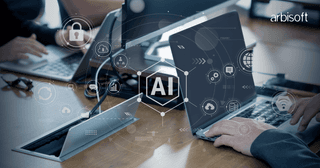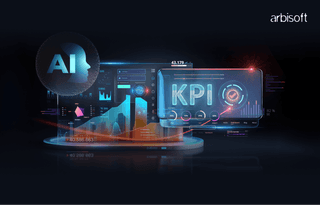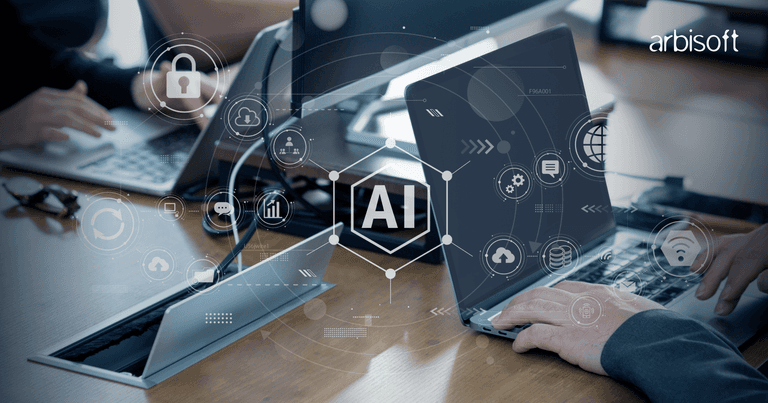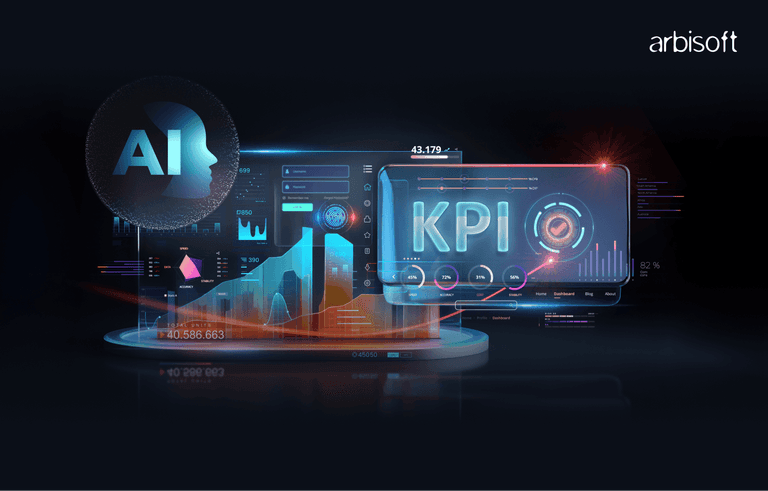We put excellence, value and quality above all - and it shows




A Technology Partnership That Goes Beyond Code

“Arbisoft has been my most trusted technology partner for now over 15 years. Arbisoft has very unique methods of recruiting and training, and the results demonstrate that. They have great teams, great positive attitudes and great communication.”
How Long Does It Take to Build and Deploy Custom Machine Learning Models in 2025?
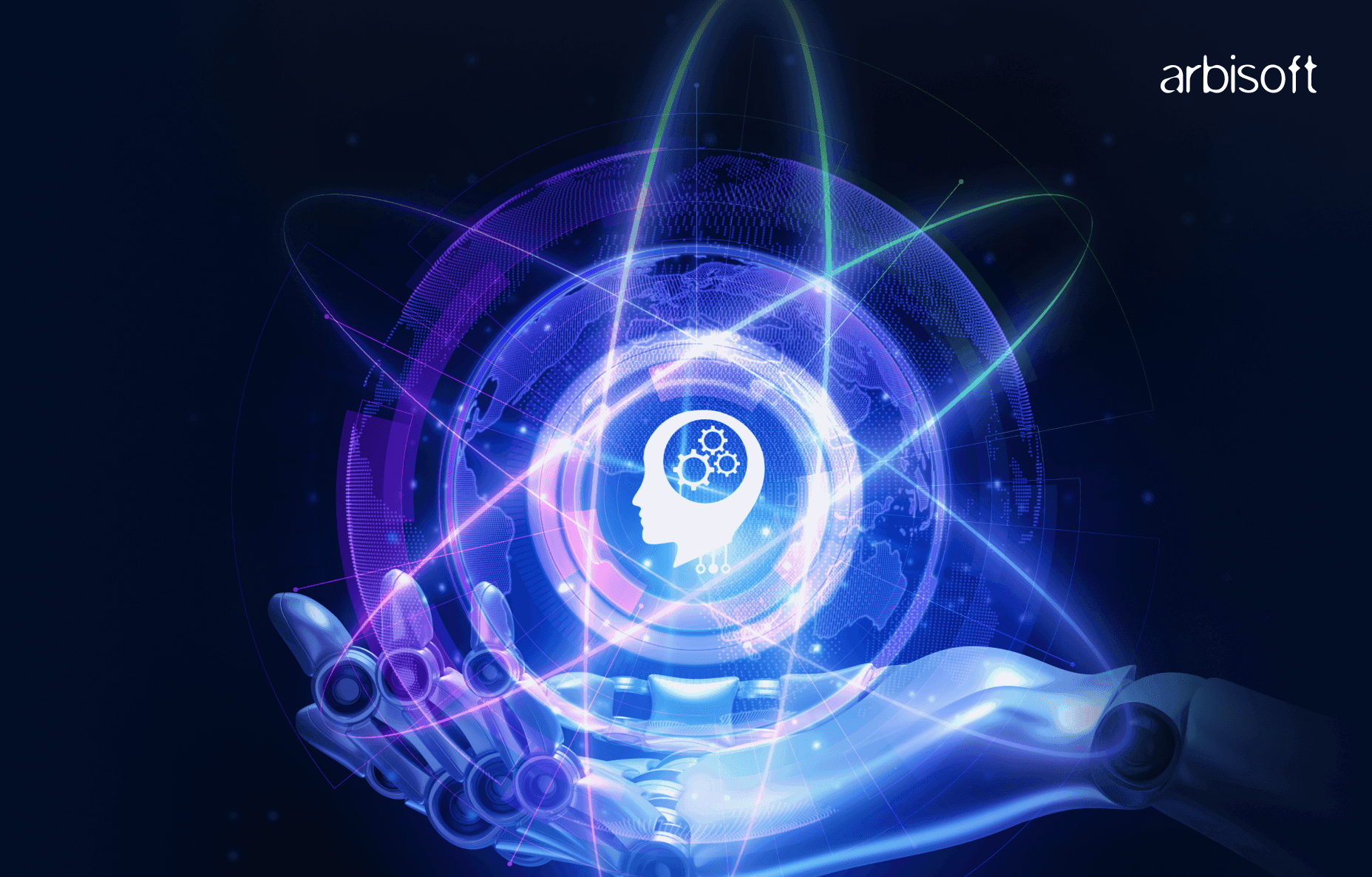
The question keeps popping up in boardrooms, hackathons, and late-night Slack threads: How long does it take to build and deploy a machine learning model in 2025?
Pull up a chair.
I’ve been down this road more times than I can count. And if you’re expecting a straight, high-speed cruise, think again. It’s part highway, part gravel road, with a few potholes filled with legacy systems.
The Pressure to Accelerate ML Development Timelines
Before we talk solutions, let’s talk pressure.
Everyone wants to hire machine learning experts and deliver results yesterday. Executives treat AI like a microwave meal. Fast, simple, done in five.
But building and deploying custom machine learning models takes more than speed.
Challenges in Balancing Speed, Accuracy, and Compliance
We’ve talked expectations. Now let’s talk about the mess that follows.
I’ve seen promising projects fall apart. Not because the tech was bad, but because speed was prioritized over sanity. Compliance got ignored. Testing skipped. The model worked—until it didn’t.
In 2025, with tighter regulations and explainability expected, skipping process is not a shortcut. It’s a trap.
Impact of Legacy Systems and Data Pipeline Inefficiencies
Still with me? Good.
Most companies don’t have clean, cloud-native systems. They’ve got Frankenstein setups. Half in the cloud, half buried in old servers. Spreadsheets older than your CRM. And duct-taped pipelines that break if you breathe too hard.
Trying to build machine learning models on that? You're dragging before you even start.
Understanding the Timeline: Building vs. Deploying Custom ML Models
Think building and deployment are one smooth sprint?
They’re not.
They’re two separate efforts. Each comes with its own pacing, blockers, and fixes.
How Long Does It Take to Build a Machine Learning Model?
It depends.
For smaller projects—like churn prediction or forecasting—you can have a working prototype in two weeks. For complex models, like fraud detection or NLP, expect 6 to 12 weeks at minimum.
If the scope changes mid-cycle (and it will), add more time.
So if you're wondering, how long does it take to build an AI model? The answer ranges from a couple of weeks to a few months.
Factors That Impact ML Model Development Duration in 2025
Data makes or breaks your timeline.
If your data is labeled, clean, and centralized, you’re ahead. If it’s scattered across outdated systems or buried in PDFs, get ready for delays.
Even with fast compute in 2025, spinning up resources takes time. And talent is still tight. To hire a machine learning engineer with the right mix of skills and experience? That takes time and planning.
Custom Machine Learning Development Services: What to Expect
Thinking about outsourcing?
It’s often a smart move.
In 2025, most custom machine learning development services offer end-to-end delivery in 8 to 16 weeks for common use cases. That includes planning, model development, testing, and deployment.
Be wary of anyone promising production-ready models in four weeks. They’re probably skipping critical steps like QA, compliance checks, or documentation.
Strategies for Reducing Time to Market
We’ve looked at why things slow down. Now let’s talk about how to move faster.
Reducing time to market takes planning. The best teams start with a narrow use case and stick to it. Every extra feature request adds days or weeks.
Use existing tools where they fit. Pretrained models and APIs can get you most of the way. You don’t need to build everything from scratch.
Sort your data pipeline early. That’s often where projects stall. Clean data upfront saves more time than any clever model tweak.
Split responsibilities across teams. One team can prep infrastructure while another starts prototyping. Waiting for perfect handoffs just slows everything down.
And automate wherever possible. Manual steps are bottlenecks waiting to happen.
Hiring Machine Learning Engineers vs. Outsourcing ML Talent
Now comes the decision: build the team or borrow one.
Hiring a machine learning engineer means more control and long-term stability. But it’s slow. You’ll face sourcing delays, onboarding lag, and ramp-up time.
Outsourcing brings proven workflows, faster time to delivery, and fewer surprises. Especially useful if your internal team is still developing its muscle.
Some of the best results I’ve seen come from hybrid setups. A specialist firm builds the prototype, and internal teams handle scaling, integration, and compliance.
Best Practices to Streamline Machine Learning Model Deployment
Deployment is where many teams stumble.
The model works in staging. Then it hits production and breaks. In 2025, that’s usually a sign your MLOps pipeline isn’t ready.
Here’s what helps:
- Set up CI/CD for models and data. Automate training, testing, and every step needed to deploy machine learning models smoothly. Version everything.
- Containerize the model with all dependencies. That removes environment mismatch issues.
- Use shadow deployments. Test models in live environments without exposing results to users.
- Watch for model drift. If prediction patterns shift, your retraining triggers should catch it before the damage spreads.
- Always keep a rollback option ready. Deployment should never feel like a leap of faith.
- And log everything. Inputs, outputs, latencies. Good logs save you when things go sideways.
Optimizing Data Engineering to Accelerate Model Building
Model development doesn’t start with Python—it starts with data.
The fastest teams in 2025 aren’t writing better models. They’re building smarter data pipelines.
Use a dedicated framework to manage data flows. Automate as much as possible.
Preprocess data with the model in mind. If it expects normalized input or specific encodings, handle that early.
Support experimentation. A flexible data pipeline lets teams add or change features quickly.
Document everything. Future teammates—or future you—shouldn’t have to reverse-engineer your logic.
And keep engineers in the loop together. When data and ML teams work as one, models get built faster and break less often.
Maximizing ROI with Efficient ML Model Delivery
You’ve built the model. Deployed it. Now comes the real question: is it worth it?
A successful machine learning model does more than run. It drives value.
Start by tying each model to a measurable business goal. Is it cutting manual review time? Increasing conversions? Reducing customer churn?
Track those metrics after deployment. Not just accuracy, but outcomes that the business understands.
Keep cost in mind. The most complex model isn’t always the most efficient. If a simpler model gets similar results and runs cheaper, it wins.
And plan for iteration. Your model needs to evolve as the business and data change. Treat deployment as the start, not the finish.
Models that deliver value don’t just predict well. They perform well, adapt fast, and support the bottom line.
Conclusion: The Path Forward for Fast, Scalable ML Deployment
Let’s wrap it up.
You asked, How long does it take to build and deploy a custom machine learning model in 2025?
Here’s your answer:
- Basic models: 2–4 weeks
- Production-ready projects: 2–4 months
- High-compliance builds: longer, depending on risk and scope
To move faster:
- Prep your data
- Automate pipelines
- Lock in engineering early
- Don’t skip compliance
The learning curve is real. Every team finds its rhythm. But with smart choices and the right people, you’ll go from blank page to production faster than you think.
And if it still feels slow? That’s okay.
Even Ferraris start in first gear.









